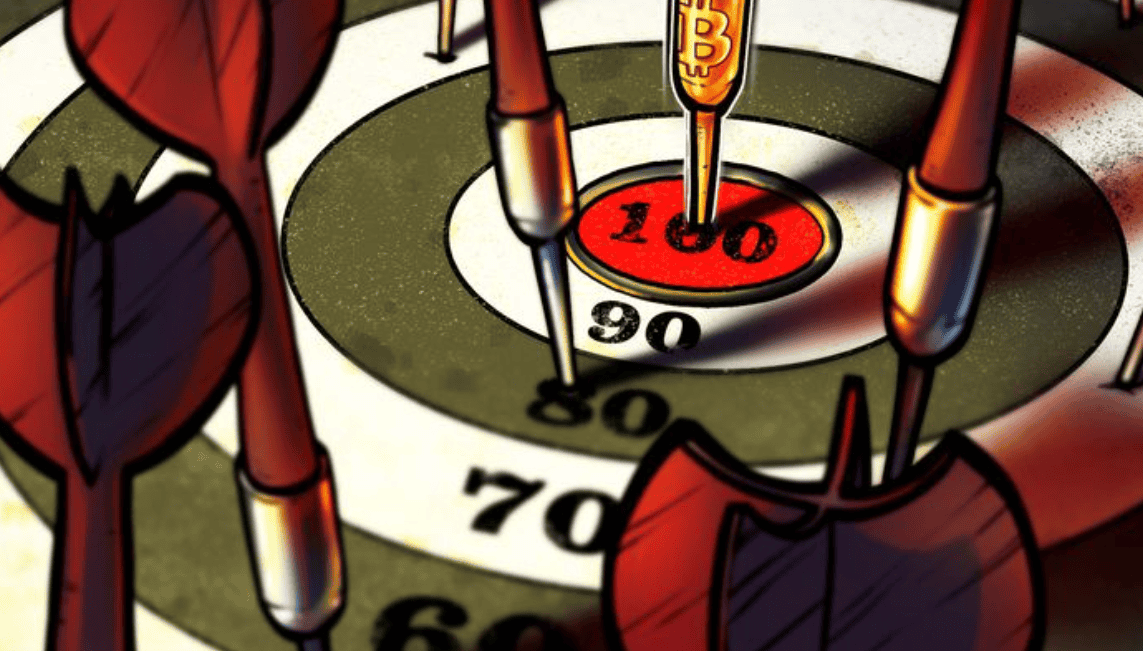
The next Bitcoin halving event is less than nine months away, and the consensus opinion among analysts and investors is that the halving will send Bitcoin’s price to a new all-time high or even above $100,000.
Despite this belief, the absence of fresh inflow to the crypto market, the current macroeconomic headwinds and Bitcoin’s recent price action below $30,000 do not inspire much confidence in this theory in the short term.
In a recent interview with Paul Barron, Hut 8 vice president Sue Ennis shared her thoughts on how the Bitcoin price will rise above $100,000 in the next year and how the upcoming halving will impact BTC miners. Hut 8 currently has a balance of 9,152 BTC in reserve, of which 8,305 is unencumbered. The company’s installed ASIC hash rate capacity sits at 2.6 exahashes per second, and Hut 8 mined 44.6 BTC in July.
In the interview, Barron inquired whether rising Bitcoin difficulty for miners could induce a fresh wave of sell pressure against BTC. Citing data from Hashrate Index, Barron observed that spikes in Bitcoin difficulty were followed by drops in BTC’s price.

Barron questioned if miners were selling Bitcoin as a result of the upcoming halving creating a need for more efficient ASICs and whether BTC’s pre- and post-halving price action would not be as bullish as investors expected.
According to Ennis:
“There’s a lot of really unprecedented dynamics that are happening now in the mining space. […] What’s interesting is hash rate continues to come online despite Bitcoin price trading in a certain band. […] We’re still seeing hash rate increase.”
Ennis elaborated with:
“What’s changed now is that we’re seeing Bitcoin price come down a little, but hash rate continues to go up. […] I think what’s really exciting and different is we’re seeing a tremendous amount of new entrants into the global Bitcoin network.”
Ennis referenced six gigawatts of nuclear and renewable energy being generated in the Middle East, and with the region’s governments exploring Bitcoin mining as an option, more hash rate is coming online in a way that is somewhat price agnostic. This is drastically different from how publicly traded United States-based and more forward-facing miners operate.
In order to stay afloat after the halving, Ennis suggested that miners need to be in a position to avoid being “single-threaded,” i.e., they need more than one way of earning revenue beyond just mining Bitcoin.
Revenue diversification would include exploring various artificial intelligence (AI) applications, dedicating some warehouse rack space to GPUs for companies specializing in AI training and possibly offering industrial-level ASIC repair services — or even participating in demand-response initiatives with large energy producers and distributors.
Higher prices are programmed thanks to the halving and eventual BTC ETF
Crypto investors have waited years for the launch of a spot Bitcoin exchange-traded fund (ETF), and even with the recent influx of applications, an approval by the U.S. Securities and Exchange Commission remains elusive.
Despite the history of delays and denials, Ennis said that a “spot ETF coming to market, that’s incredibly bullish for the asset class,” but she also cautioned that an approval could create sell pressure on miner equities given that mining stocks have often been used as a proxy investment to Bitcoin.
Regarding the percentage chance of a spot Bitcoin ETF approval by the end of 2023, Ennis said:
“Definitely better than 50. The real reason for my opinion on that is that BlackRock threw its hat in the ring, BlackRock being powerful and the largest asset manager in the world. For them to throw their hat in the ring and say this is what we want and the amount of clout they’ve had in markets in past initiatives has been tremendous. So I think for them to make this call, that is a real bullish signal.”
Regarding a potential target for the Bitcoin price, Ennis said:
“I definitely do think we could see in this next cycle $100,000 cost per Bitcoin, and that’s based on if BTC were to capture even 2 to 5% of gold’s $13 trillion place in institutional portfolios. If Bitcoin were able to capture even 2 to 3% of gold’s market cap, that would be incredibly accretive to the price and push it north of $100,000.”
